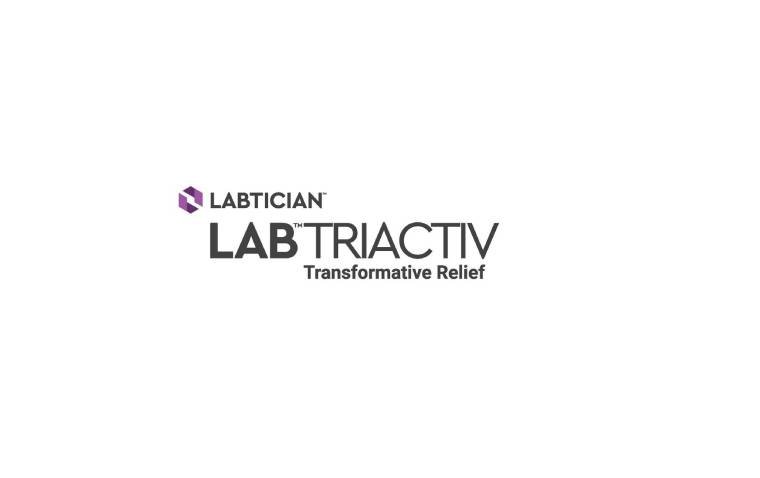
Qlaris Bio Advances QLS‑111 into Phase 2 Trials for Ocular Hypertension and Glaucoma Treatment
Qlaris Bio has commenced two critical Phase 2 trials in the United States for its innovative intraocular pressure (IOP)-lowering product, QLS‑111. These masked, randomized clinical trials are designed to investigate the efficacy of QLS‑111 in patients suffering from ocular hypertension and glaucoma, marking a pivotal step in addressing a long-standing challenge in glaucoma management.
A Milestone in Glaucoma Treatment
“The start of these phase 2 trials represents a key milestone in our goal of bringing QLS‑111 to glaucoma patients for whom consistent IOP lowering and control has been an unachievable goal,” announced Thurein Htoo, Chief Executive Officer of Qlaris, underscoring the significance of this advancement. He further explained the critical need for new treatments, stating, “IOP remains the only modifiable risk factor for the treatment of glaucoma, and additional treatments are needed for patients. QLS‑111 has the potential to change the treatment paradigm by effectively reducing IOP by lowering EVP, an unaddressed component of IOP.”
Innovative Clinical Studies
Qlaris Bio has initiated two distinct studies to evaluate QLS‑111:
The Osprey study (NCT06016972) aims to assess the safety, tolerability, and optimal dose of QLS‑111 in comparison to a vehicle alone in adults with primary open-angle glaucoma (POAG) and/or ocular hypertension (OHT). Additionally, the study will evaluate the efficacy of QLS-111 in reducing IOP as a secondary endpoint.
The Apteryx study (NCT06249152) is focused on evaluating the safety and tolerability of QLS‑111 and measuring its additive IOP-lowering efficacy in combination with latanoprost versus latanoprost alone. This study will enroll patients aged 12 years or older who are currently being treated with latanoprost for open-angle glaucoma (OAG) and/or OHT.
QLS‑111: A Novel Approach to Glaucoma Management
QLS‑111, characterized as an ATP-sensitive potassium channel modulator, presents a novel mechanism of action aimed at reducing IOP by targeting EVP (episcleral venous pressure) and distal outflow resistance. This approach addresses a critical gap in current glaucoma treatment options, which primarily focus on reducing aqueous humor production or enhancing proximal outflow but do not directly tackle distal outflow and EVP challenges.
Expert Insights
Dr. Shan Lin, Co-Research Director at the Glaucoma Center of San Francisco and a member of the Qlaris Scientific Advisory Board, shared his enthusiasm for the potential of QLS‑111: “I’m very excited about the promise of QLS‑111, which in healthy, normotensive volunteers lowered pressure significantly from baseline.” He highlighted the drug's potential to aid patients who do not respond adequately to existing therapies due to the limitations set by EVP. Lin also praised QLS‑111’s ability to work both independently and in conjunction with current glaucoma medications, noting its strong safety profile and minimal side effects, such as clinically insignificant hyperemia.
This leap forward by Qlaris Bio in initiating Phase 2 trials for QLS‑111 represents a beacon of hope for patients with glaucoma and ocular hypertension, promising a future where achieving optimal IOP control is a tangible reality.
Ocular Hypertension and Glaucoma
Ocular hypertension (OHT) and glaucoma are closely related eye conditions primarily characterized by an increase in intraocular pressure (IOP), which can lead to vision impairment if not properly managed. OHT is defined by elevated IOP without any detectable damage to the optic nerve or vision loss, serving as a potential precursor to glaucoma, a group of eye diseases where increased IOP can cause irreversible damage to the optic nerve, resulting in gradual vision loss or blindness.
The most common form of glaucoma, Open-Angle Glaucoma, often progresses unnoticed until significant vision is compromised. Regular eye screenings are essential for early detection and management of these conditions, with treatments focusing on reducing IOP to prevent optic nerve damage and maintain visual function.
(1).jpg)










